“I must confess that I’m always suspicious of people who don’t like lobster. It’s like not liking music or sunshine.” Oscar Wilde
French Chardonnay: Philippe Colin Chassagne-Montrachet Les Chenevottes 2015 – Pairing Rating: 9.5/10.0
California Chardonnay: Grgich Hills Napa 2020 – Pairing Rating: 9.0
We agree with Wilde and love lobster, along with music and sunshine. But because it’s relatively high in cholesterol and rather costly, we think it’s best prepared as an elegant and impressive starter . . . as shown here in this 4-1/2” ramekin.
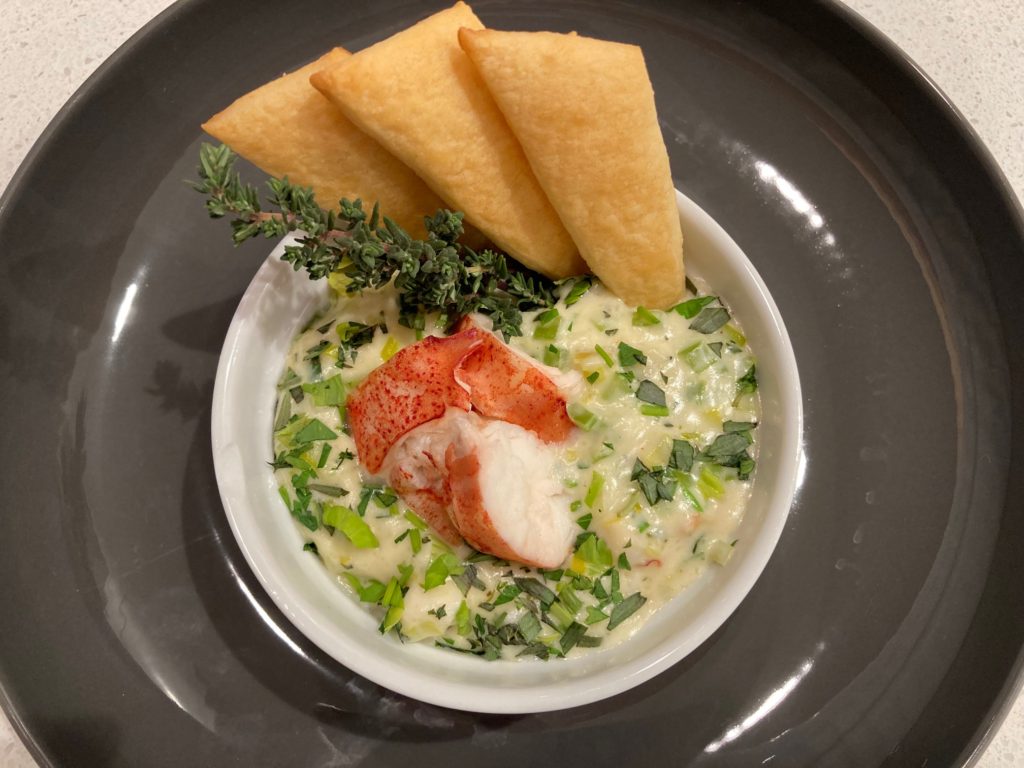
While preparing this dish, recent Microsoft announcements about AI and ChatGPT were flooding the financial press. Curious about how comprehensive a response from ChatGPT would be, we decided to query the history of people cooking and eating lobster. The response was as follows:
Lobsters have been a part of human diets for thousands of years, and their consumption can be traced back to ancient times. However, the exact origins of when and where people first started cooking and eating lobster are not entirely clear.
One theory suggests that Native Americans living along the coastal regions of North America were among the first to eat lobster. They likely harvested the crustaceans from tidal pools and shallow waters along the shoreline and cooked them over an open flame.
Another theory suggests that lobsters were first consumed in Europe, particularly in coastal regions of France and England, where they were considered a delicacy during the Middle Ages. It is believed that early European explorers and settlers in North America also learned to eat lobster from the Indigenous peoples they encountered.
Regardless of its exact origins, the consumption of lobster became more widespread in the 19th century, as railroads and improved transportation allowed for the easier transport of live lobsters to inland cities.
The ChatGPT response was immediate, scrolling across the screen in a personalized, conversational manner, but well-short of content in our view. In stark contrast, Wikipedia served up an extremely detailed, 13 paragraph response on the history of lobster eating, citing Roman, Peruvian, Viking and French experiences. Maybe ChatGPT isn’t ready for prime time, or maybe we didn’t phrase our question correctly. Regardless, for now and for queries like this, we’re stickin’ with Wiki.
The Stew
Peruse the ingredients in this dish (recipe below) and you can readily discern the makeup of this lobster stew: creamy but not heavy (no potatoes), textured (celery and leeks), beautifully fragrant (tarragon), and spiked with rich lobster chunks. An entree-sized portion would be decadent, like bingeing on an entire season of Stanley Tucci’s Searching for Italy . But as an appetizer, this dish, when paired with an oaked, French Chardonnay, is near perfection. .
The Wine
The Créme Fraîche and Half-and-Half in this dish argue strongly that the pairing should be Chardonnay. Think Salmon with Hollandaise or Pasta Alfredo. But which Chardonnay style? Still vs. sparkling, oaked vs. unoaked, Old World vs. New World?
Champagne Blanc de Blancs would be excellent with this dish. But with our penchant for still wines, our first choice was from Old World Burgundy – a Chassagne-Montrachet: Domaine Philippe Colin‘s bottling from Les Chenevottes vineyard 2015 ($135).
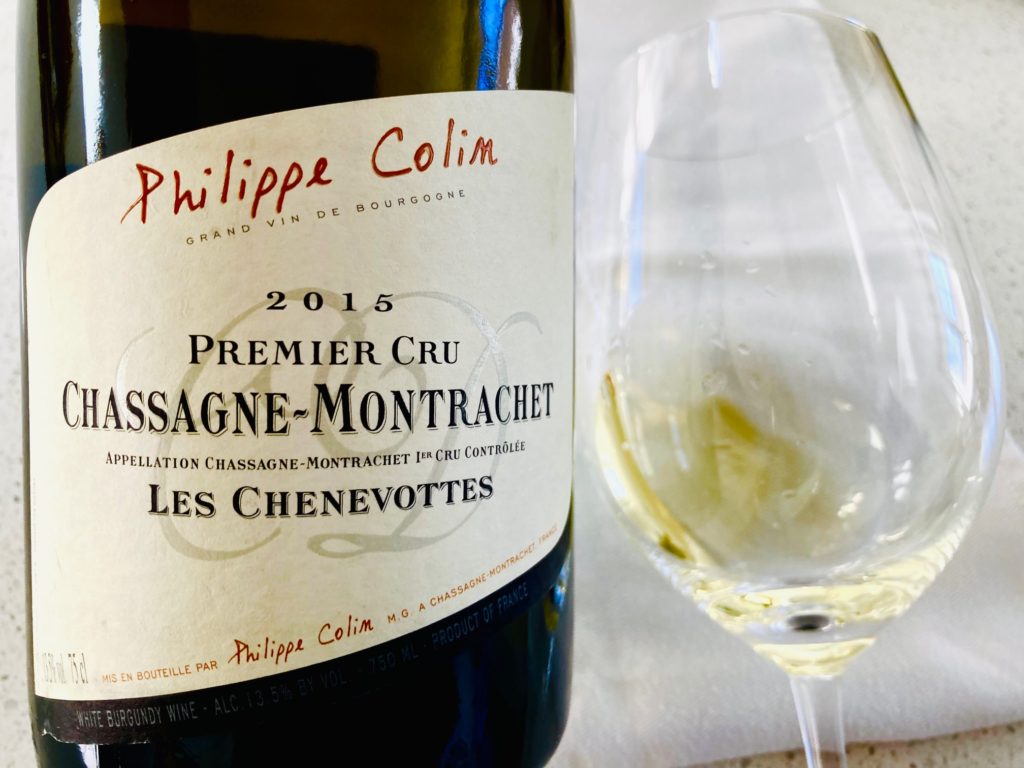
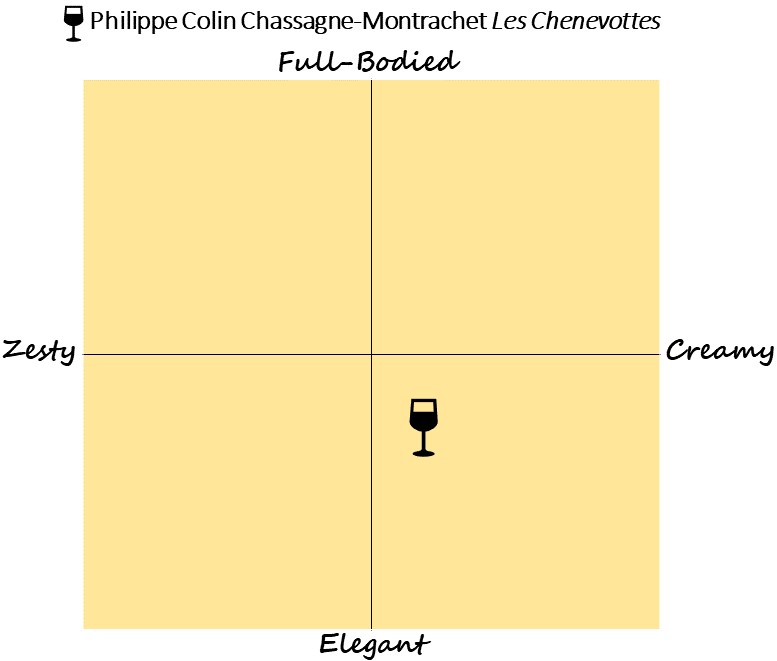
A special occasion wine, this Premier Cru, with some bottle age to integrate the oak, is spectacular. Lemon blossom and lime zest on the nose portend a palate of citrusy acidity and subtle oak spices, followed by a luscious, long finish. The subtle impressions of oak in the Chardonnay renders a creaminess that complements the dairy in the dish. Save your unoaked Chardonnay for a dish without cream.
This Chassagne is our favorite aged Chardonnay from Burgundy. If the 2015 vintage is hard to find, opt for the 2017, 2019 or 2020 vintages. And be sure to give the ’19 and ’20 vintages some time in the cellar.
Easier to find and significantly less expensive is the Estate Chardonnay from Grgich Hills Winery in Napa CA ($45). We like this wine not only for the delicious fruit, but for the judicious use of oak. Cellar aging is not required as the oak is nicely integrated upon release. While it may not possess the complexity of Les Chenevottes, the Grgich pairs very nicely with this dish.
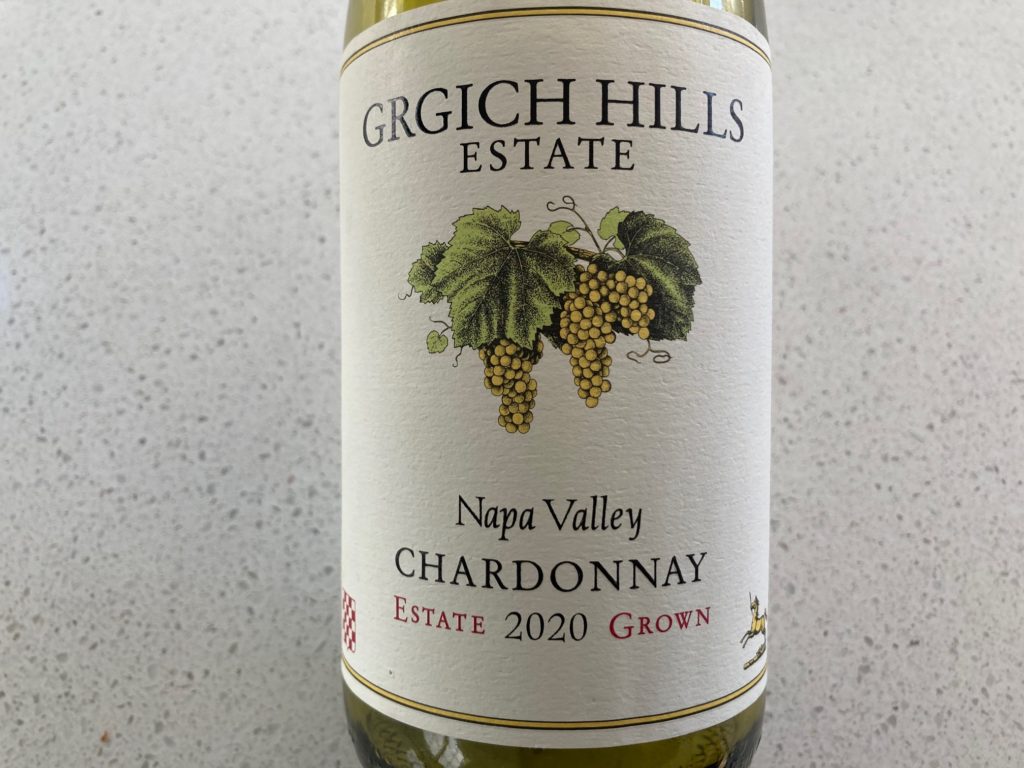
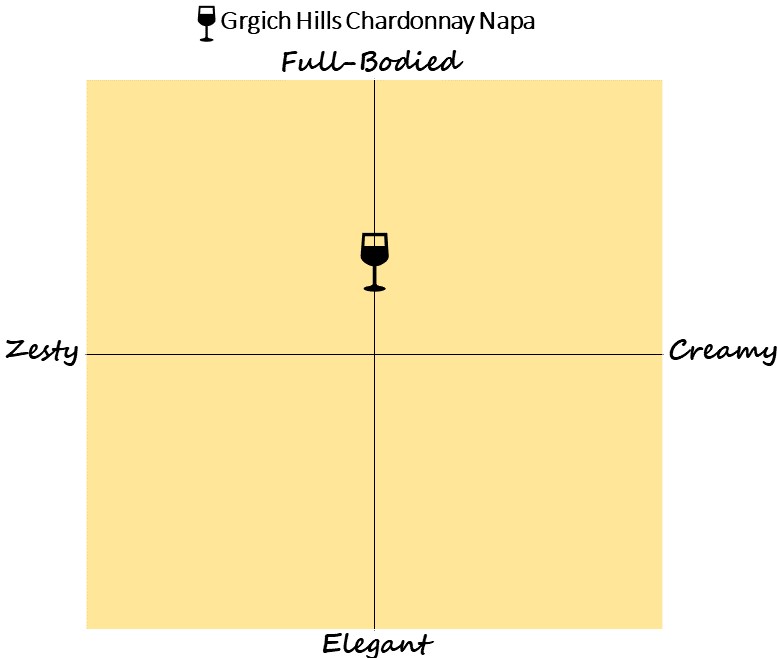
The recipe below is an adaptation of Chef David Tanis’ submission to the NYTimes a few years ago. It’s not difficult to prepare but it is difficult to not enjoy this classic pairing of lobster, tarragon and Chardonnay.
Lobster Stew and Wine Pairing
Ingredients
- 3 raw Lobster Tails, about 15 oz. total
- 3 Tbsp butter
- 1/3 cup small diced celery
- 1 cup finely diced leek
- salt and pepper
- 1/8 tsp cayenne pepper
- 1 tsp chopped fresh thyme leaves
- 1/2 tsp grated lemon zest
- 1 cup half-and-half
- 2 tsp potato starch dissolved in 2 Tbsp cold water
- 1/4 cup creme fraiche
- 1 Tbsp chopped fresh parsley
- 1 Tbsp chopped fresh tarragon (preferred) or dill
- 1 Tbsp chives, cut very small
- 2 Tbsp chopped celery leaves, from interior stalks
- 1 can of Pillsbury Crescent Rolls (optional)
Instructions
- Note: If you choose to serve with flaky pastry bites, cut the Crescent Roll roll into small, elongated triangles and bake according to Pillsbury instructions. Set aside.
- Steam the lobster tails in a covered pot of rapidly boiling water. Remove 2 of the tails after 6 minutes and set aside to cool. Steam the 3rd tail for 2-3 additional minutes, then remove and allow to cool. This 3rd tail (fully cooked) will be used for garnish in the presentation.
- When the tails are cool enough to handle, remove the lobster meat from the shells, keeping the meat from the 3rd tail separate.
- Melt the butter in skillet over medium heat.
- Add the celery and leek, season with salt and pepper, and cook until the vegetables soften, about 4-5 minutes.
- Add the lobster meat from the first 2 tails (those steamed for 6 minutes) to the skillet.
- Add the cayenne, thyme and lemon zest to the skillet.
- Pour the half-and-half in the skillet and simmer for 2 minutes.
- Add the potato starch mixture and cook until thickened, about 1 minutes.
- Check the seasoning and adjust if needed.
- Stir in the creme fraiche and keep warm.
- When ready to serve, spoon the lobster stew into heated small bowls or ramekins.
- Sprinkle with the chopped parsley, tarragon, chives and celery leaves.
- Decorate with triangles of baked Crescent Roll dough, if using.

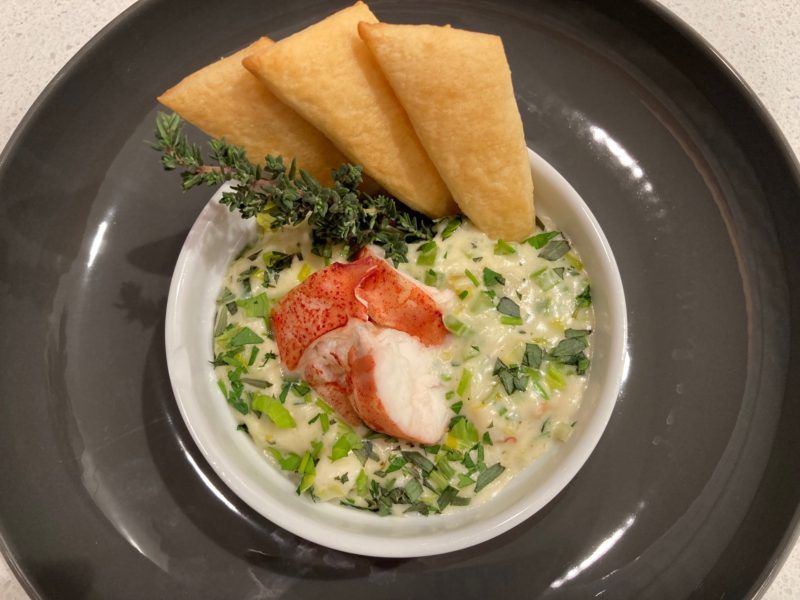
Richard Neuman says
I’m going to make this as a first course for a surf and turf birthday dinner. Is the “judge” too much?
Steven says
Not sure about The Judge. Oddly, a younger Judge may be better because the fruit may be more vibrant.
Cori Schaff says
Yum. I’m going to try the lobster stew!!!!
Steven says
Great! I hope you enjoy it.
Tom Ortwein says
Another outstanding post; love the lobster back story!
Steven says
Thanks for commenting, Tom. Hope all is well; looking forward to seeing you two in CO.
John says
Fantastic article. If you’re looking for excellent Chardonnays to pair with lobster stew, https://www.winedirect.com.au/white-wines/chardonnay offers a fantastic selection.
Robi says
Lobster stew paired with wine is a culinary delight that combines the richness of seafood with the sophistication of fine wine.
Steven says
Thank you for your comment, Robi. Much appreciate you viewing our blog.
Linda JOrtwein says
This lobster recipe with the Chardonnay sounds incredible. Look forward to trying it.